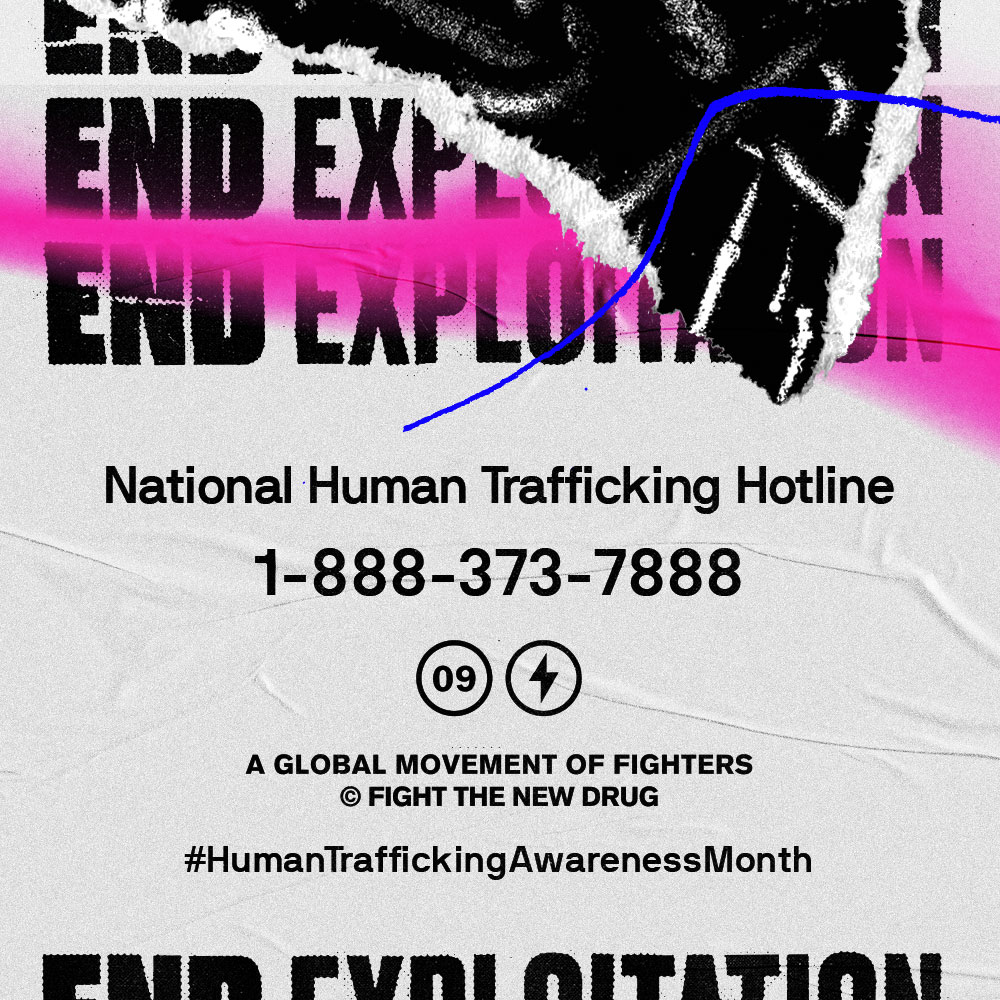If your newsfeeds are anything like ours, in the recent months, they’ve been flooded with story upon story, giving kudos to law enforcement’s efforts with combating sex trafficking and the increased recorded victim rescues.
In October of 2017, news broke about a Denver sex trafficking rescue of 84 juveniles. Then, this summer, a Californian postal worker rescued a teen from sex trafficking. Similarly, in June 2018, news broke about a Georgia-based sex trafficking sting that ended with nearly 160 children rescued, and nearly 150 arrests.
We could keep going, but you get the point: there are countless sex trafficking arrest and rescue stories out there, with more coming out every day. Great news, right?
Related: How Street Gangs Make Big Money By Sex Trafficking 14-Year-Old Girls
And while we don’t want to take away from such stories and the impressive efforts of law enforcement, we do want to point out that, for sex trafficking survivors, rescue is only the first—and maybe even the easiest—part of life returning to normal.
“People think if we rescue them… they’ll be good,” the head of an Illinois-based anti-sex trafficking nonprofit exasperatedly told us during an interview. We’ll call her “Annie.” While the pasts of such survivors don’t control or define their futures, nor does it mean “they can’t be helped or functional… the cost for men, women, and children of being sex trafficked is a lifetime cost,” Annie said.
To put it simply, healing is a long and intense process for survivors of sex trafficking—a process that long surpasses a rescue.
Let’s take a closer look at one part of the healing process through the eyes of a victim shelter city director who also works in Illinois.
The healing process
We’ll use the pseudonym “Sharla” for the city director, as her work protecting sex trafficking survivors daily puts her and those in her care in danger.
Sharla utilizes a three-phase, 9 to 12-month program for her shelters. While Sharla, akin to the head of the nonprofit we mentioned earlier, recognizes that no yearlong program will simply “make everything right,” she also believes and has seen firsthand, how unconditional love and long-term support can be used to free sex trafficking survivors from the bondage of their pasts.
Phase 1
The initial phase includes six months of laying a healing foundation. Essential to building a strong healing foundation is overriding trauma-related neural pathways that years and years of victimization create.
According to research, when a brain that has become accustomed to chronic overstimulation stops getting that overstimulation, neurochemical changes occur.
In the case of sex trafficking survivors, sexual and physical abuse create that chronic overstimulation. Counselor Marilyn Sundeen describes it as “the threat of violence” leading one to “stay on high alert.”
Related: How Teen Girls Get Tricked & Trafficked Into Doing Porn
According to Sharla, getting a survivor out of this “high alert” state requires “relational detox.” For those she takes care of, detox looks like giving survivors access to a wide array of differing therapies.
Weekly trauma counseling serves to help break Stockholm Syndrome-like trauma bonding symptoms, where survivors may unconsciously feel sympathy and support for their trafficker. Art and equine therapies also help survivors “develop needed skills and attributes, such as accountability, responsibility, self-confidence, problem-solving skills, and self-control.” In this way, the therapies distance survivors from their traffickers by showing how they are their own person and have inherent value. Moreover, survivors can get access to boundary and self-defense classes, which permit further confidence growth and increased self-worth.
Finally, survivors in this phase will work to establish healthy life rhythms, such as waking up and going to sleep at the same time, beginning to exercise, and doing their own grocery shopping.
Phase 2
After the initial healing foundation has been laid, Phase 2 begins. This phase is denoted by three months of working to “reconstruct practical everyday life things.”
Sharla tells us that this portion of the healing process includes accessing identification (as most survivors’ identifications have been taken by their trafficker in order to keep them from escaping), learning how to be responsible with money (budgeting and getting a bank account), furthering one’s education (getting a GED or even beginning college), and getting healthcare (dental and medical).
At this point, survivors may also begin to search for other housing and gainful employment, both of which are significantly more difficult to access than they may seem.
Often, section 8 housing is overcrowded and has significant wait lists.
Related: The Inseparable Link Between Porn And Human Trafficking
Employment, on the other hand, is potentially even harder to find. Many survivors have misdemeanors and felonies that disqualify them from work and that doesn’t even take into account the ways trauma may affect a survivor in their work environment.
“People want a social justice enterprise, but never look at the trauma piece. What happens when [the victim] shows up late? What happens when [the victim] doesn’t show up? Your model has to [take] those things [into account],” Annie said.
And the search for housing and employment all assumes that a survivor has access to transportation and professional clothing.
Phase 3
The last phase in Sharla’s shelters isn’t mandatory, but what it offers effectively lasts forever.
Whether survivors choose to stay at the shelter for the allotted final three months of the program or not, this phase of the program offers stronger accountability, community, and support that stretches as long as the survivor wants it to.
Life goes on
Sharla shared with us the story of a woman who had been previously sex trafficked. During her time at one of the shelters, this woman found refuge in art therapy. More specifically, she spent the entirety of the program working on painting one picture that she would always paint over in order to reflect the state of her continued inner healing. What began as a painting of a dark, stormy night during her first weeks at the shelter eventually became a cloud-free, sunny morning by the time she was leaving.
This story and many others like it clearly depict how similar programs and long-term unconditional support allow survivors to begin experiencing normalcy, love, and freedom from the literal bondage of their pasts.
Related: Germany’s Legalized Prostitution Industry Looks Like A Real-Life Horror Movie
To reiterate what Annie said earlier, “The cost for men, women, and children of being sex trafficked is a lifetime cost.” And the “simplicity” of some aspects of the healing process serve to exhibit just how traumatizing being trafficked can be.
However, it is the work of people like Sharla and the head of the anti-sex trafficking nonprofit that prove that one day, for sex trafficking survivors, the sun may begin to shine.
Click here to read about the connection between pornography and sex trafficking.



